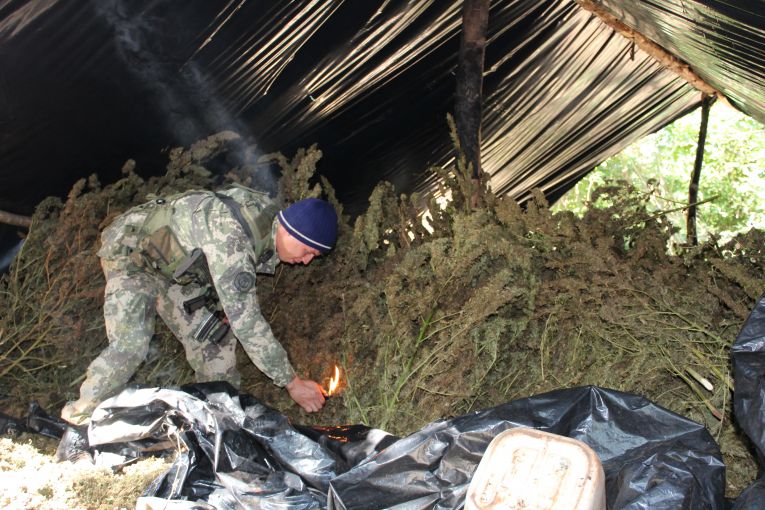by the El Reportero’s news services
Just before the news of Charles Manson’’s death, Sony confirmed that it has secured the distribution rights to Quentin Tarantino’’s Manson Family movie.
The director has been shopping his script around various studios for months, having severed his working relationship with The Weinstein Company following the sexual abuse scandal surrounding his friend Harvey Weinstein.
Ever since the release of Reservoir Dogs in 1992, Tarantino has released his movies through Weinstein’s companies, first Miramax then TWC, but now he’s moved on to ensure his next film is not tainted by the association.
The movie will be the acclaimed director’s first film since 2015’s The Hateful Eight, and it seems his script will offer a similar sort of revisionist history.
According to Vanity Fair, the film will be set during the summer of 1969 when Charles Manson and his family orchestrated the murders of Sharon Tate and some friends at the home the pregnant actress was renting in California.
Though the story will not focus on Manson himself, rather two wannabe film stars hoping to make their break in Hollywood:
It’s certainly a plausible way for Tarantino to approach the Manson story without focusing solely on those killings. The cult leader was associated with some well respected names within the entertainment industry including Dennis Wilson of the Beach Boys and music producer Terry Melcher, who was the previous occupant of the house Sharon Tate was staying at when she was murdered.
According to Deadline, Tarantino has approached a couple of his former stars to appear in the movie including Brad Pitt (Inglourious Basterds) and Leonardo DiCaprio (Django Unchained). Tom Cruise is another big name star the director has reportedly spoken to about joining what he hopes is a stellar ensemble cast.
Tarantino can certainly afford some A-list names considering the reported $100 million production he’s managed to get Sony to agree to. That’s the same amount he got for 2012’s Django Unchained which went on to make $425.4 million at the international box office.
With production expected to begin in June 2018 in time for a 2019 release,the year that will mark the 50 year anniversary of the Manson Family’s infamous murders – Sony are no doubt betting on the movie achieving the same.
Former Beatle Ringo Starr announces concerts in Spain
British musician and former member of legendary group The Beatles Richard (Ringo) Starr will offer several concerts in Spain for 2018 as part of a world tour in which Starr is promoting his most recent discographic album ‘’Give More Love.’’
In his official website, the British artist announced that the first stop of four dates in Spain will be at the Saint Jordi Club of Barcelona on June 26. Two days later, Ringo Starr -former drummer of the famous group The Beatles- will perform at the WiZink Center of Madrid.
The tour will include presentations at the Collisseum of La Coruña on June 29, and the artist, together with his own group All Starr, will perform at the Bizkaia Arena in Bilbao.
The musicians will start the European tour in Paris and will include, among others, seats in Austria, Finland, Belgium, Denmark, Germany and Italy. Give More Love is the 19th disc in Starr’s career, it has 10.
Puerto Rico, a protagonist in Latin Grammy ceremony
Puerto Rico, the Caribbean island that continues devastated today after the passing of Hurricane Maria, was the protagonist in the 2017 Latin Grammy Awards through music and solidarity messages to that territory with colonial status. During the ceremony held last night at the MGM Grand Garden Arena in Las Vegas, Nevada, in addition to the awarding ceremony and performances of renowned artists, the defense of immigrant rights and the examples of support to the island stood out.
The three-hour show open with a minute’s silence to remember the victims of the natural disasters that hit Mexico, Texas, Puerto Rico and other places in the Caribbean region in recent months.










